Porcelain Veneers vs. Lumineers

Understanding Veneers

Veneers Overview
Veneers are popular dental solutions designed to improve the appearance of teeth. They can be made from porcelain or composite resin, with porcelain often being the preferred material due to its durability, crack resistance, and stain resistance. Porcelain veneers typically last longer, often exceeding 15 years in lifespan [1].
The application of porcelain veneers requires tooth preparation, involving a reduction of the tooth surface area by approximately half a millimeter to accommodate the thickness of the new laminate. This meticulous preparation ensures the veneer sits flush with the natural teeth, preventing any protrusion. In contrast, Lumineers, which are a specific brand of porcelain veneers, are thinner and necessitate significantly less prep work. This makes them a less invasive option for many patients [1].
Type of VeneerMaterialPrep Work RequiredLifespanPorcelainPorcelainYes15+ yearsLumineersPorcelainMinimal10+ years
Types of Veneers
There are primarily two types of veneers available: traditional porcelain veneers and Lumineers.
Understanding the differences between these options is essential for individuals considering dental enhancements. For more details on the benefits and procedures related to porcelain veneers and Lumineers, visit what are porcelain veneers and how are they applied?.
Porcelain Veneers
Porcelain veneers are a popular choice for individuals seeking to enhance their smile. These veneers are designed to cover the front surface of teeth, providing an aesthetic improvement while also ensuring durability and longevity.
Durability and Longevity
Porcelain veneers are known for their impressive durability. When properly maintained, these veneers can last up to 15 years, making them a long-term solution for enhancing one's smile [2]. They offer superior resistance to staining compared to composite veneers and are less prone to cracking. However, it’s essential for individuals to maintain good oral hygiene and care practices to maximize their lifespan. In comparison, Lumineers can last over 20 years due to their advanced technology and thinner design [3].
Veneer TypeLifespanPorcelainUp to 15 yearsLumineersOver 20 years
Preparation Process
The preparation process for porcelain veneers typically involves some tooth reduction. This means that a thin layer of enamel is removed from the front of each tooth that will receive a veneer. This step is important as it ensures that the veneer fits seamlessly with the surrounding teeth and allows for a natural appearance.
Patients should expect to undergo a two-step procedure. During the first visit, the dentist prepares the teeth and takes impressions, which are sent to a dental lab to create the custom veneers. The second visit involves placing the veneers, where the dentist will check for fit and appearance before permanently bonding them to the teeth. For a detailed overview of the placement process, refer to our article on what to expect during a dental veneer procedure?.
Choosing porcelain veneers is an investment that can significantly enhance one’s smile while providing durability over time. Proper maintenance and an understanding of the preparation process play a crucial role in the effectiveness of these dental enhancements.
Lumineers
Thinness and Translucency
Lumineers are a specialized brand of veneers that stand out due to their thinness and translucency. Unlike traditional porcelain veneers, Lumineers do not require significant tooth preparation before application, which has earned them the nickname "no-prep veneers" [4]. This characteristic makes them less invasive and preserves more of the natural tooth structure, making them an appealing option for many individuals seeking cosmetic enhancement.
The thin design of Lumineers (approximately 0.2 mm) allows them to blend seamlessly with the natural teeth while providing a translucent appearance that mimics the look of enamel. This feature makes Lumineers a suitable choice for those wanting a natural and understated smile enhancement.
Application Process
The application process for Lumineers is simpler and quicker compared to traditional porcelain veneers. Because they do not require grinding or altering the tooth structure, the procedure typically involves the following steps:
This simplified application process not only requires less time but also reduces discomfort for the patient, making Lumineers an attractive option for many people looking for cosmetic dental enhancements.
For further insights about the differences between porcelain veneers and Lumineers, readers can explore our article on porcelain veneers vs. lumineers. Additionally, understanding the preparation process is crucial, so learning more about what to expect during a dental veneer procedure? can be beneficial.
Comparing Costs
When considering dental restorations, cost is a critical factor for many individuals. This section outlines the average costs associated with both porcelain veneers and Lumineers, providing a clear comparison for those interested in enhancing their smile.
Porcelain Veneer Costs
The cost of traditional porcelain veneers typically ranges from $925 to $3,500 per tooth. Several factors can influence the final price, including the specific type of veneer chosen, the complexity of the procedure, and any prior dental issues [5]. It is important to note that insurance usually does not cover veneers, as they are deemed a cosmetic procedure.
Cost RangeDescription$925 - $2,500Average cost per tooth (Healthline)$1500 - $3500Higher-end estimate based on factors (Madison Avenue Smiles)
The need for preparation work to ensure a seamless fit between the veneer and the natural teeth is a significant reason why porcelain veneers are typically more expensive than Lumineers. For additional insights into the application process, refer to our article on what to expect during a dental veneer procedure?.
Lumineer Costs
Lumineers are often considered a more budget-friendly option compared to traditional porcelain veneers. The price for Lumineers generally ranges from $800 to $2,500 per tooth [5]. This lower cost can be attributed to their simpler application process, which does not require as much preparation as porcelain veneers.
Cost RangeDescription$800 - $2,000Average cost per tooth (Healthline)$1500 - $2500Higher-end estimate (Madison Avenue Smiles)
While Lumineers may provide a cost-effective alternative, they are still considered semipermanent and are believed to last between 10 to 20 years, although long-term studies on their durability are limited. For more information about the benefits and potential gaps Lumineers can fill, visit our article on can veneers fix gaps in your teeth?.
This comparison of costs provides a foundation for individuals to consider their options when choosing between porcelain veneers and Lumineers. Understanding the financial aspect, alongside other factors, will aid in making an informed decision regarding dental enhancement. For further details about the investment value of porcelain veneers, check out our article on are porcelain veneers worth the investment?.
Maintenance and Care
Proper maintenance and care are essential for extending the life and appearance of both porcelain veneers and Lumineers. Understanding how to care for each type of veneer helps in preserving their quality and ensuring a healthy smile.
Care for Porcelain Veneers
Porcelain veneers require special attention due to their permanence and the impact they can have on natural tooth enamel. Here are key guidelines for maintaining porcelain veneers:
Care TipsDetailsRegular Dental Check-upsSchedule check-ups every six months to monitor dental health.Oral Hygiene RoutineBrush at least twice daily and floss gently around the veneers to prevent gum disease.Avoid Hard FoodsSteer clear of hard, chewy, or sticky foods that may damage the veneers.Use Non-abrasive ToothpasteChoose a gentle, non-abrasive toothpaste to protect the veneer surface.Limit Staining FoodsBe cautious with coffee, tea, and red wine, as they can cause staining over time [6].
With diligent care, porcelain veneers can last 15 years or longer, with some reaching up to 20 years based on individual dental health [1]. Regular cleaning and avoiding damaging habits are crucial for longevity.
Care for Lumineers
Lumineers, a type of ultra-thin porcelain veneer, also require care to maintain their appearance and longevity. Here are essential care tips for Lumineers:
Care TipsDetailsMaintain Good Oral HygieneBrush and floss daily to keep gums and teeth healthy.Avoid Excessive ForceBe cautious with hard foods; Lumineers may be more vulnerable [1].Use Soft-Bristled ToothbrushThis reduces the risk of damaging the Lumineers while cleaning.Regular Dental VisitsConsistent check-ups help detect any issues early on.Consider a Night GuardIf teeth grinding is a concern, using a night guard can protect the Lumineers from wear.
Lumineers may last up to 10 years, but their lifespan can be shorter compared to traditional veneers. Diligent care focuses on protecting them from wear and ensuring good oral hygiene [4].
By prioritizing proper maintenance, individuals can enjoy the aesthetic benefits of their veneers while supporting their overall dental health. For more detailed information on care, explore our article on common myths about dental veneers or what to expect during the procedure at what to expect during a dental veneer procedure?.
Choosing the Right Option
When deciding between porcelain veneers and Lumineers, several factors should be considered to make an informed choice that aligns with individual needs and preferences.
Factors to Consider
FactorPorcelain VeneersLumineersTooth PreparationSignificant alterationMinimal alterationAverage Lifespan10-15 yearsOver 20 yearsThicknessThickerThinnerCostVaries based on treatmentVaries based on treatment
Choosing between porcelain veneers and Lumineers is a personal decision that should take each of these factors into account.
Long-Term Considerations
Evaluating these long-term commitments can help patients feel more confident in their selection between porcelain veneers and Lumineers. For more information on the specifics regarding the procedures, one can read about what to expect during a dental veneer procedure?.
References
[2]:
[3]:
[4]:
[5]:
[6]:










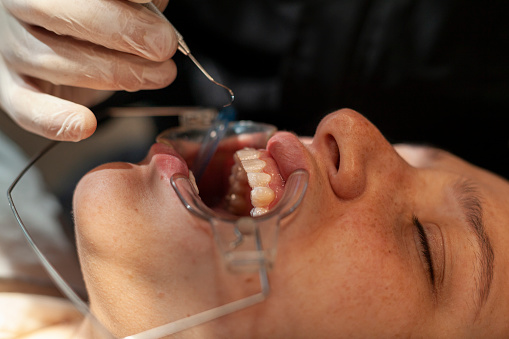

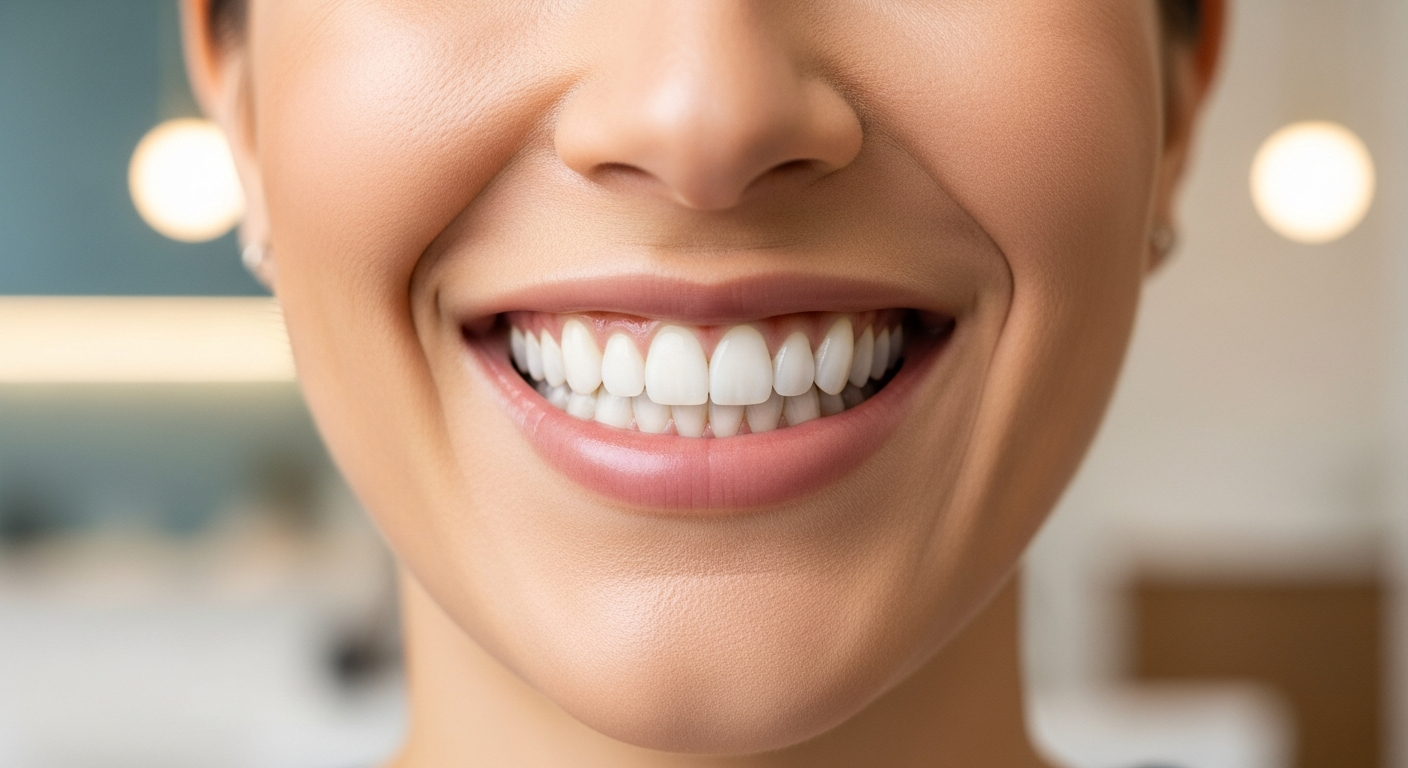

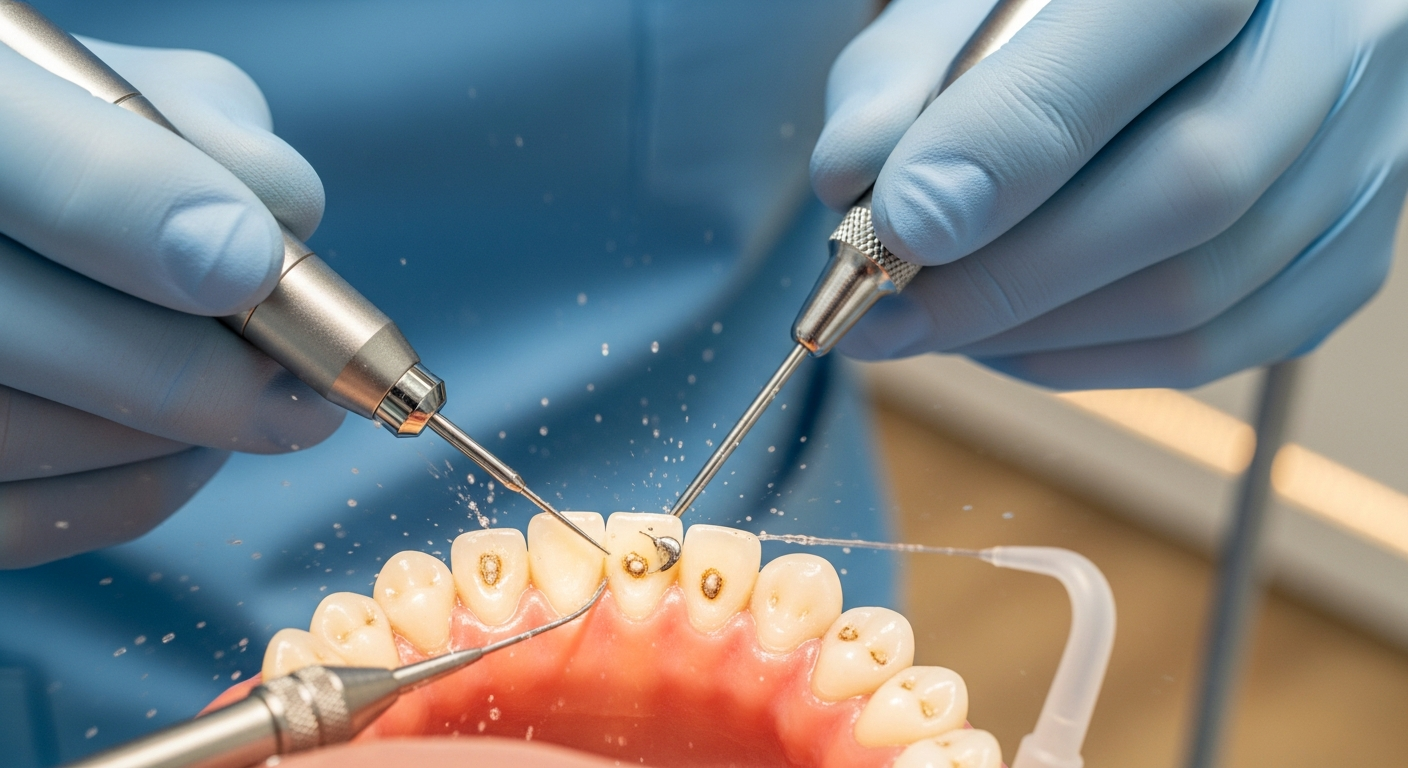
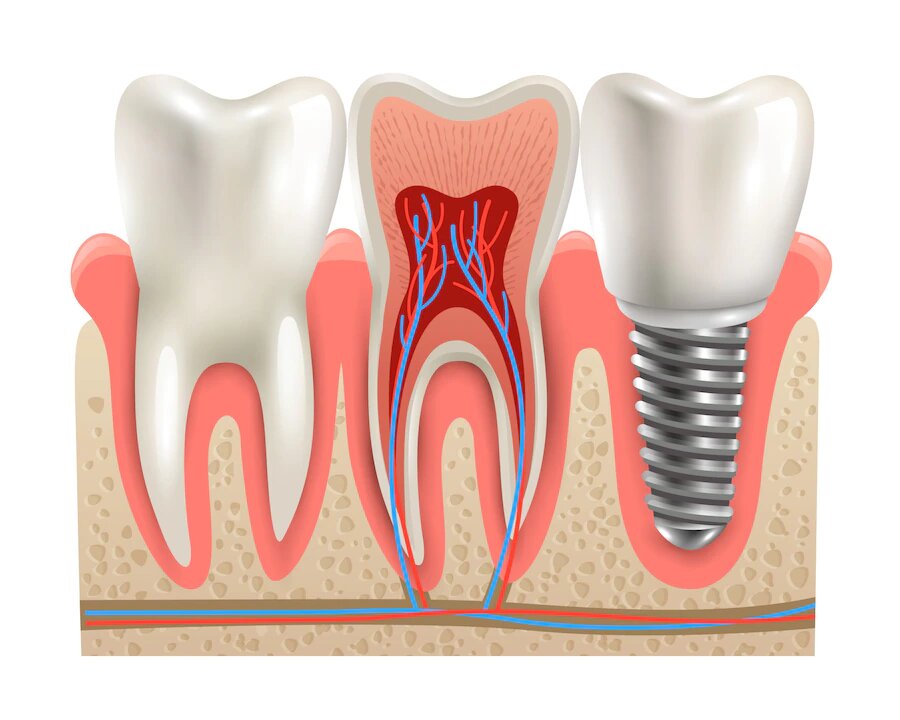


.avif)





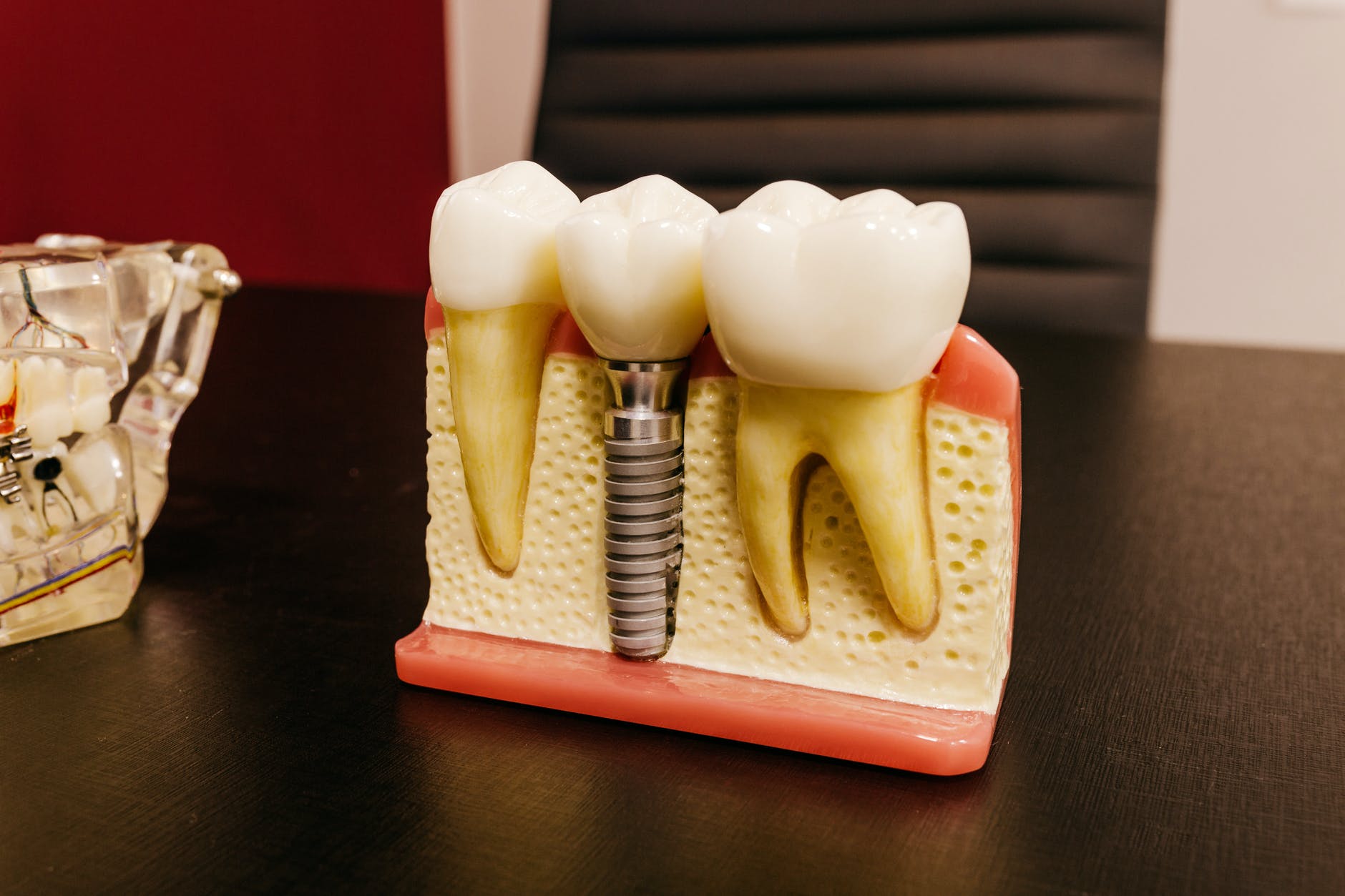

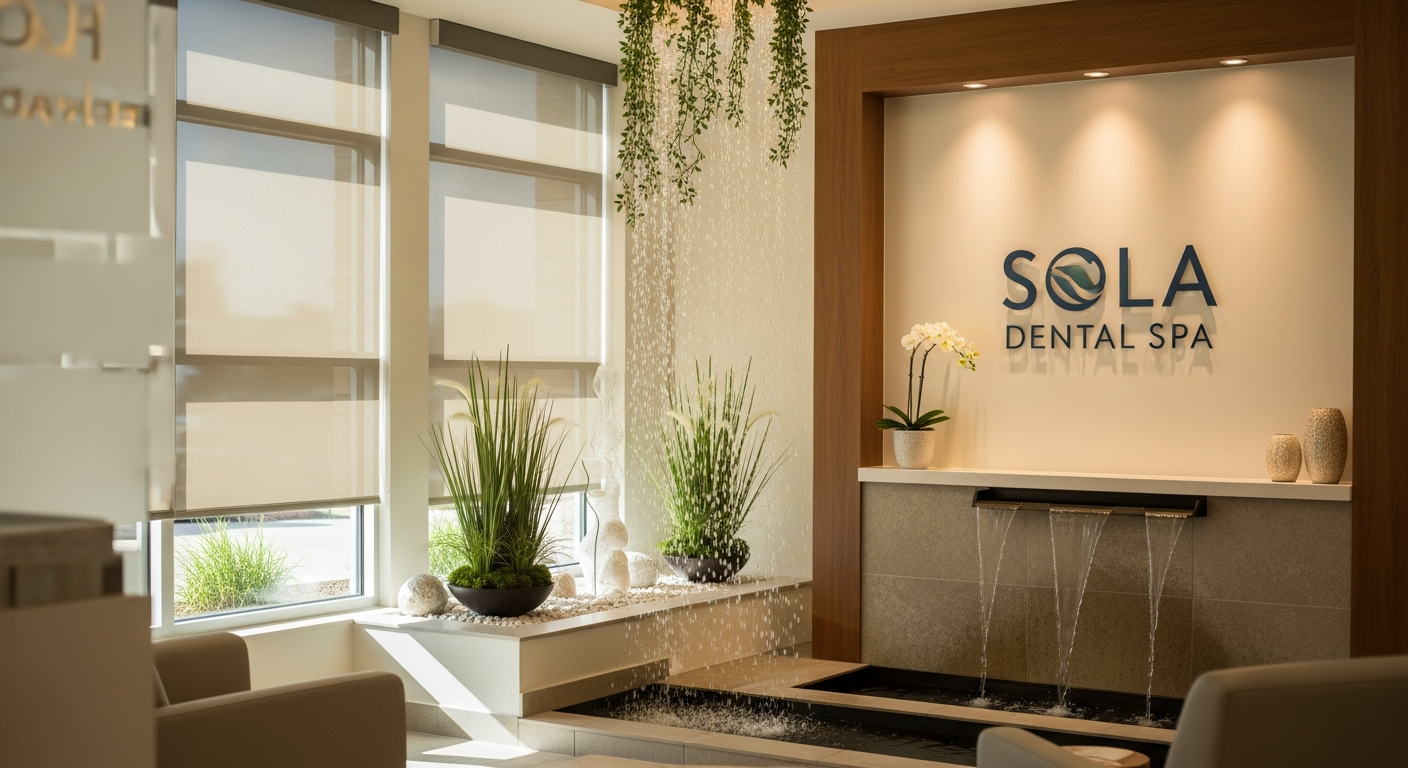














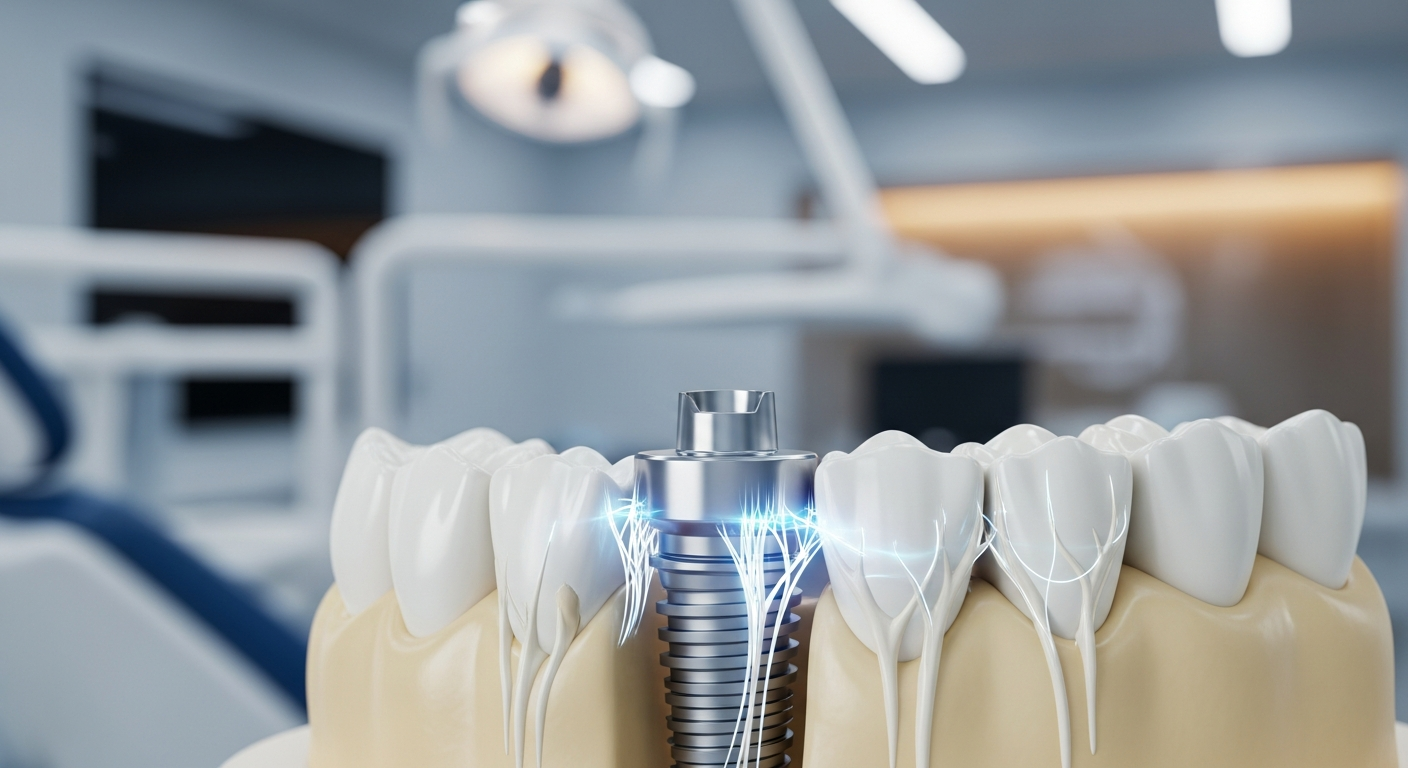










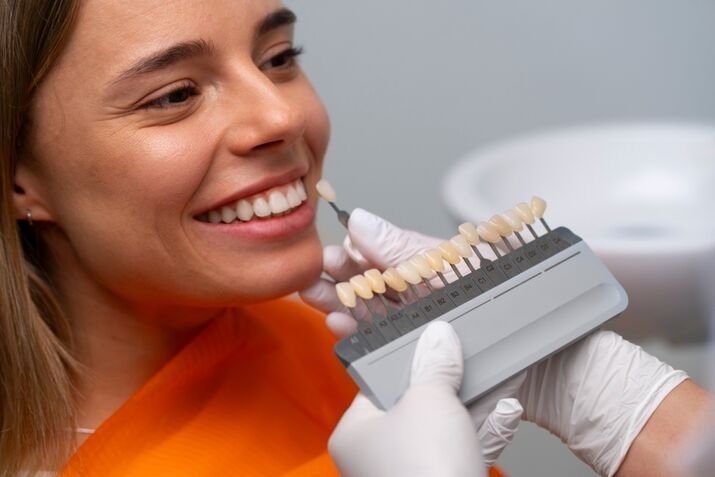


.jpg)


















.avif)


















.jpg)







